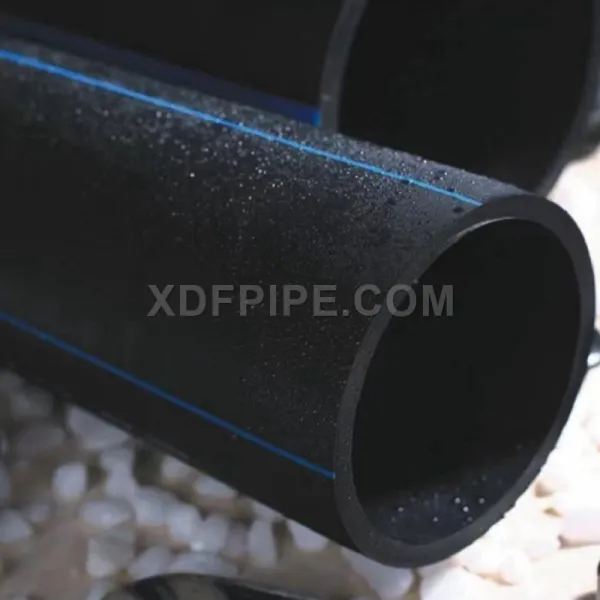In the realm of water supply systems, the choice between materials can significantly impact the efficiency, durability, and overall performance of the infrastructure. This article delves into the comparative analysis of PE (Polyethylene) and PVC (Polyvinyl Chloride) water supply pipes, elucidating the distinctive features that set them apart.
Polyethylene, known for its robustness and resistance to corrosion, stands out as a premier choice for water supply pipes. The inherent flexibility of PE pipes ensures superior adaptability to ground movement, reducing the risk of cracks and fractures. This characteristic resilience makes PE pipes ideal for regions prone to seismic activity, providing a long-lasting solution for water conveyance.

Flexibility: PE pipes exhibit exceptional flexibility, allowing for seamless installation even in challenging terrains.
Corrosion Resistance: The corrosion-resistant nature of PE ensures a prolonged lifespan, safeguarding the integrity of the water supply system.
Leak Prevention: The fusion-welded joints in PE pipes significantly diminish the likelihood of leaks, promoting a reliable and leak-free water distribution network.
Polyvinyl Chloride, a widely utilized material in various industries, also finds application in water supply systems. PVC pipes strike a balance between affordability and rigidity, making them a popular choice for certain scenarios.
Cost-Effective: PVC pipes are often more budget-friendly, making them a viable option for projects with tight financial constraints.
Chemical Resistance: PVC's resistance to chemicals enhances its suitability for scenarios where the water supply may contain certain chemical elements.
Smooth Interior: The smooth inner surface of PVC pipes facilitates efficient water flow, minimizing friction and pressure loss.
PE pipes take the lead in terms of installation flexibility. Their ability to bend and conform to the landscape simplifies the installation process, especially in areas with uneven terrain. On the other hand, while PVC pipes offer structural rigidity, their limited flexibility may pose challenges in certain landscapes.
When it comes to longevity, PE water supply pipes emerge as the clear winner. The robust, corrosion-resistant nature of PE translates into a prolonged lifecycle, minimizing the need for frequent maintenance. PVC pipes, while durable, may require more regular check-ups and maintenance efforts.
Polyethylene, being a recyclable material, aligns with contemporary environmental concerns. Choosing PE water supply pipes contributes to sustainability efforts, making it an eco-friendly choice. PVC, although widely used, poses challenges in terms of environmental impact during production and disposal.
In the eternal debate of PE vs. PVC water supply pipes, the ultimate choice depends on the specific requirements of the project. If flexibility, durability, and long-term reliability are paramount, PE pipes emerge as the optimal solution. Conversely, for projects with budget constraints and where chemical resistance is crucial, PVC pipes present a viable alternative.
In conclusion, the choice between PE and PVC water supply pipes is a critical decision that hinges on the unique demands of each project. Understanding the nuanced differences in flexibility, durability, and environmental impact empowers decision-makers to make an informed choice that aligns with their infrastructure goals.
Copyright:@2020-2021
Comments Please sign in or sign up to post.
0
0 of 500 characters used